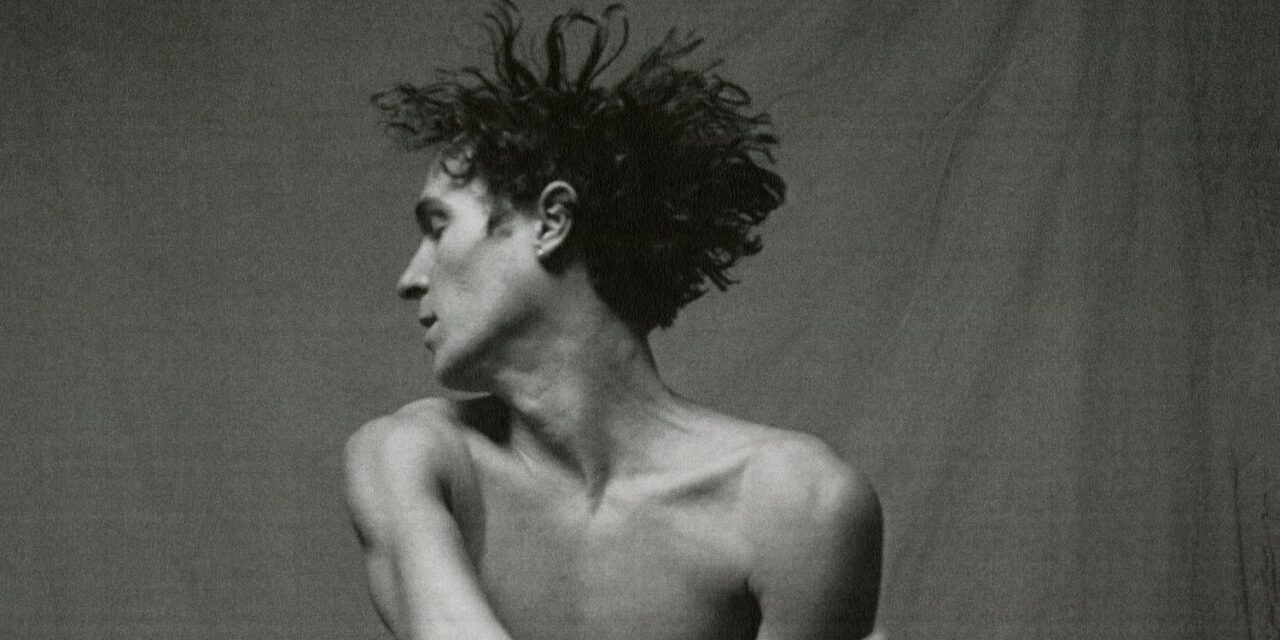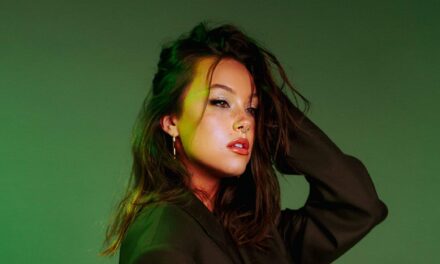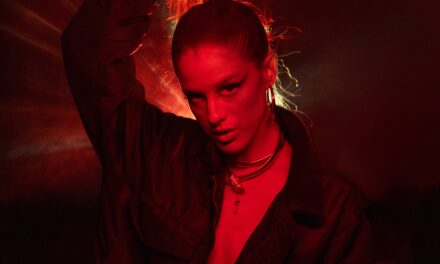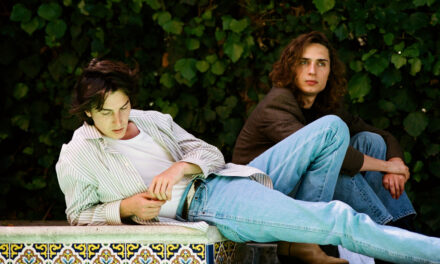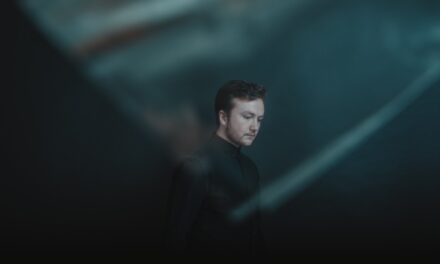Working under the creative banner of “The Cave”, Julian Lamadrid‘s latest track, ‘Father’,is all about expressing existential uncertainty and the need for freedom from authoritarian figures. Sometimes he can write a whole tune in minutes, while other times, he’s haunted by a melody that takes years to materialize.
But he’s not just about making music; he wants to push the boundaries and show us that there’s so much more to discover sonically. He’s all about breaking free from the same old, same old and creating something daring and cinematic. When it comes to visuals, that eagerness to innovate has manifested in one of the very first fully-AI-generated music videos to date with the help of AI artist ‘Hueman Instrumentality’. The music has a strong Daft Punk influence, so it’s no surprise that this piece dares to fuse music and technology, just like the iconic duo has been doing for over 25 years.
The name is an homage to Plato’s Allegory of The Cave, as the ultimate message within the music is one of liberty; pulling away from social norms and expected behaviors and escaping the trappings of modern life. All the music is produced and written by Julian, and all the videos are self directed and edited.
Through ‘The Cave’ Julian wants to create something pure and deeply human that plants a seed in your mind, he’s moving from big studios to independent and working on a trilogy of albums that build up to the ultimate message of “leaving the cave” and experiencing the gift of life.
Please describe ‘Father’, what’s behind this track?
Father is essentially an expression of existential uncertainty. At its core, it is about the hunger for freedom that arises when growing up in fear or under the control of any authoritarian figure. It’s about that small semblance of doubt and shame that creeps in and nestles deep within us at an early age. We are all confused, and yes, life can be quite scary at times, so it’s only natural that we look up for guidance, from anyone or anything. ‘Father’ is a musical embodiment of that need for an escape, freedom from that guilt and pain. Musically, it grows from a slow and mysterious sonic environment into the ultimate release which kicks in around the center of the song. At this point, the track represents that reckless attempt at being free. And right at the end, after the dance section, we return to that solemn and reflective tone with epic strings creeping in. The circle has been drawn, and only then can we truly reflect.
What does your creative process usually look like when working on a new track?
It really varies from song to song. Sometimes I can write a whole tune in a matter of minutes, and it’s as good as it will ever be. Other times, for example, with Father, I am infected with a melody that lingers in my subconscious for many years. Eventually, I sit down and decide the moment is right, and then I attempt to materialize that melody or concept.
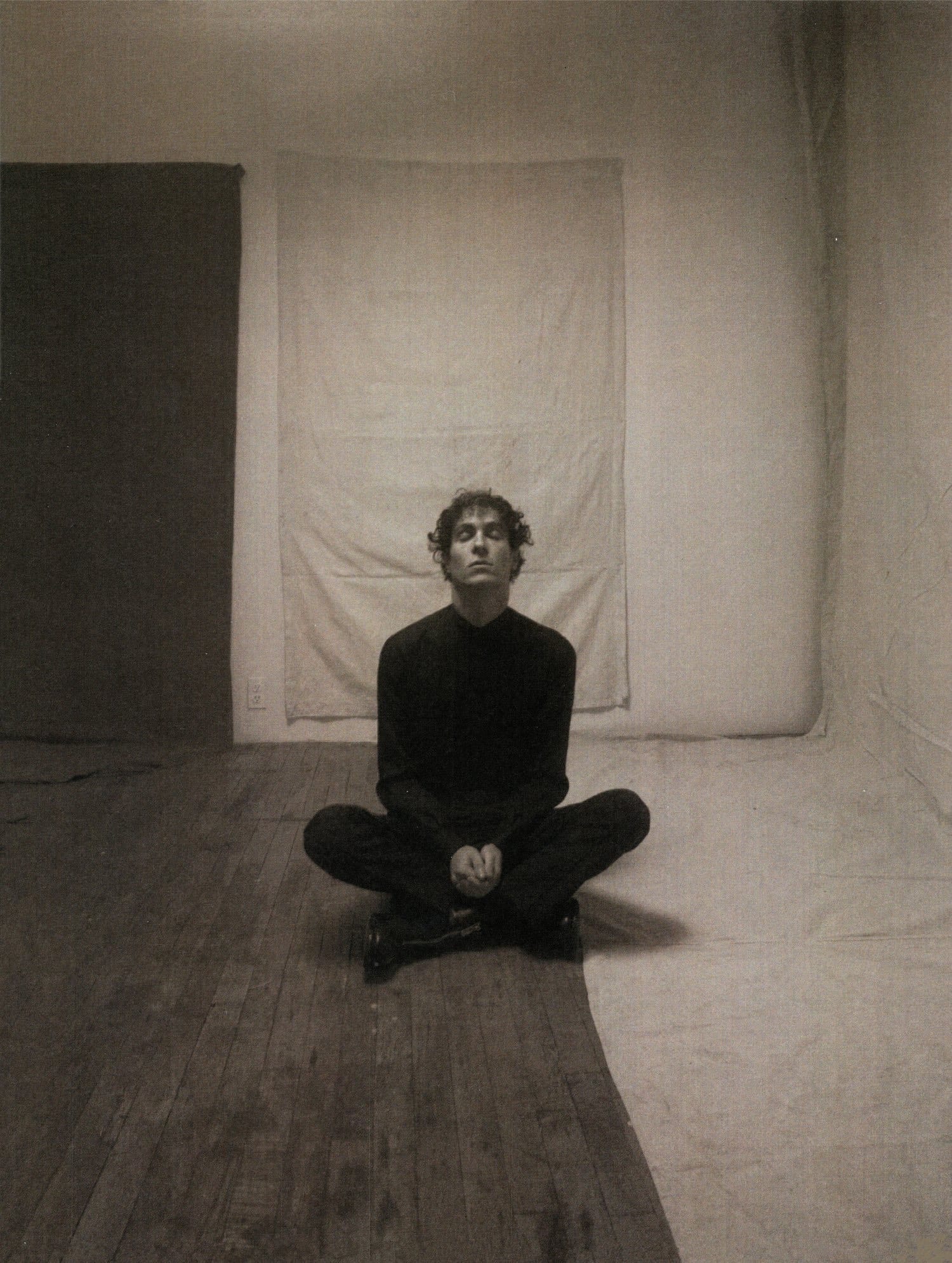
Visually speaking, what do you hope to transmit to your audience?
I hope to show people that music can evolve, that we have so much yet to discover sonically. It feels as though many artists and fans have come to expect the same; we have become slaves to reference. Everything sounds like something that came before, and it feels that it’s quite rare to find an artist who strives to create something daring or of cinematic proportions. I hope to be that artist for my audience. I hope to push the needle forward and explore new sonic boundaries. I hope to write meaningful songs and tackle grand concepts within the context of a musical piece. And ultimately, I’d like to communicate the infinitely tender sensation of living through musical form.
What was it like working with AI-generated footage? Do you think you’ll be using it repeatedly in the future?
It was definitely exciting. As we are all aware, we have barely scraped the surface of what AI is capable of, so to be one of the first musicians to truly utilize it for my visuals feels quite special. I do believe that nothing will ever compare to the imperfections of human expression, whether it’s in music or video. But whether it’s Michael Jackson defining the Music video genre with ‘Thriller’ or Bowie using the first synthesizers on his record ‘Low,’ every great artist utilizes the technology of their time to evolve and augment their art, and I plan on doing the same.
What’s your take on AI in general and its role in arts and entertainment? Does it get kind of creepy?
I wrote something recently which I feel summarizes my feelings on AI in general:
“For all the artists worried that AI will take over and make them redundant, you’re probably right… Unless you pull yourself together, and create something so deeply human, so pure, instinctive, and raw, that it tears through another person’s consciousness and plants a seed.”
All AI is built off engines that reference what came before, data banks of our past. So in terms of the arts, we are now presented with the challenge to not create based on what came before, but dare to dream of what is to come.
But yes, some of the facial recognition, licensing images, and voice emulation stuff is very creepy, haha.
What sparked the move from big studios to independent again? Do you feel like some of that journey is reflected in “The Cave”?
100%. The Cave is a project that I needed to do independently. It’s an expression of complete detachment from economic or social goals. The Cave is an art project that defines my philosophy. Whether the music is about authority, fate, destiny, religion, city life, love, or death, it all boils down into what essentially is my outlook on life. I might eventually return to a major label structure somewhere down the line, but the music needs to start from a small, genuine, and meaningful place, with fans and people who are here for the art, not as a result of some major label digital advertising scheme.
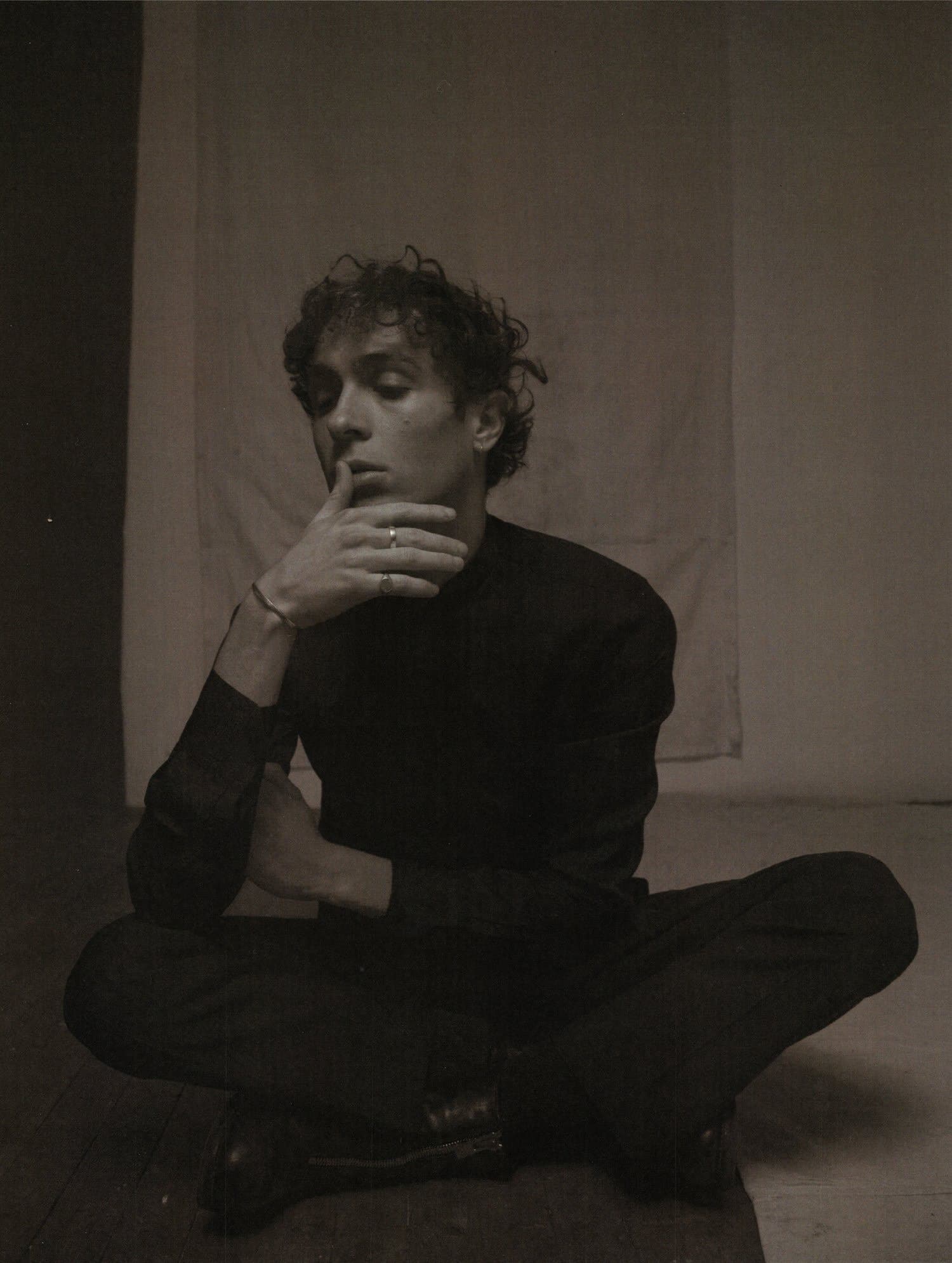
‘The Cave’ has been described as “Part Daft Punk, part Pink Floyd.” What other influences could you cite?
A huge influence is Nicolas Jaar, particularly his work as Darkside. Their first record came out when I was 15, and it completely changed my life. Another big inspiration (which will be clearly in the next EP titled ‘The Light’) is James Murphy (LCD Soundsystem). His delicate balance of rock and electronic really broke grounds, and his attitude towards music inspires me every day. The list is endless, to name a few: Radiohead, MGMT, Jamiroquai, Justice, T.Rex, Jai Paul, DJ Koze, Nick Cave, David Bowie… It goes on and on, of course!
Beyond music, I’m incredibly inspired by architects, the main ones being Ricardo Bofill and Hans Hollein. If I can make a song that embodies the aesthetic of their creations, I would die a happy man.
Other than philosophy and, of course, music, what inspires you to create under this particular project/moniker?
As an artist, I almost always think conceptually; it’s incredibly hard for me not to. The moment I understood my goal, I knew it had to be The Cave.
I want to make a trilogy of albums; The Cave, The Light, and The Stars. Each building up to the ultimate message of “leaving the cave.” We are stuck in echo chambers, we have been crushed into tiny boxes and told what LIFE is. This is wrong. We should not be staring at the floor; we should be looking up to the sky. We should be grateful and willing to truly experience this gift we have right in front of us at every moment. We are ALIVE. By the grace of some horrendously beautiful collision of molecules billions of years ago, you and I are real and we “exist.” This is real. I am writing on a laptop that communicates through invisible radio-wave frequencies and arrives on every screen, in every country, in the space of mere seconds. This is a miracle! The Cave is just an outlet to express all of my gratitude and, to be honest, confusion when encountering these large concepts. I couldn’t write this or think this way as simply “Julian Lamadrid.” It needs its context, its own stage. It is The Cave.

